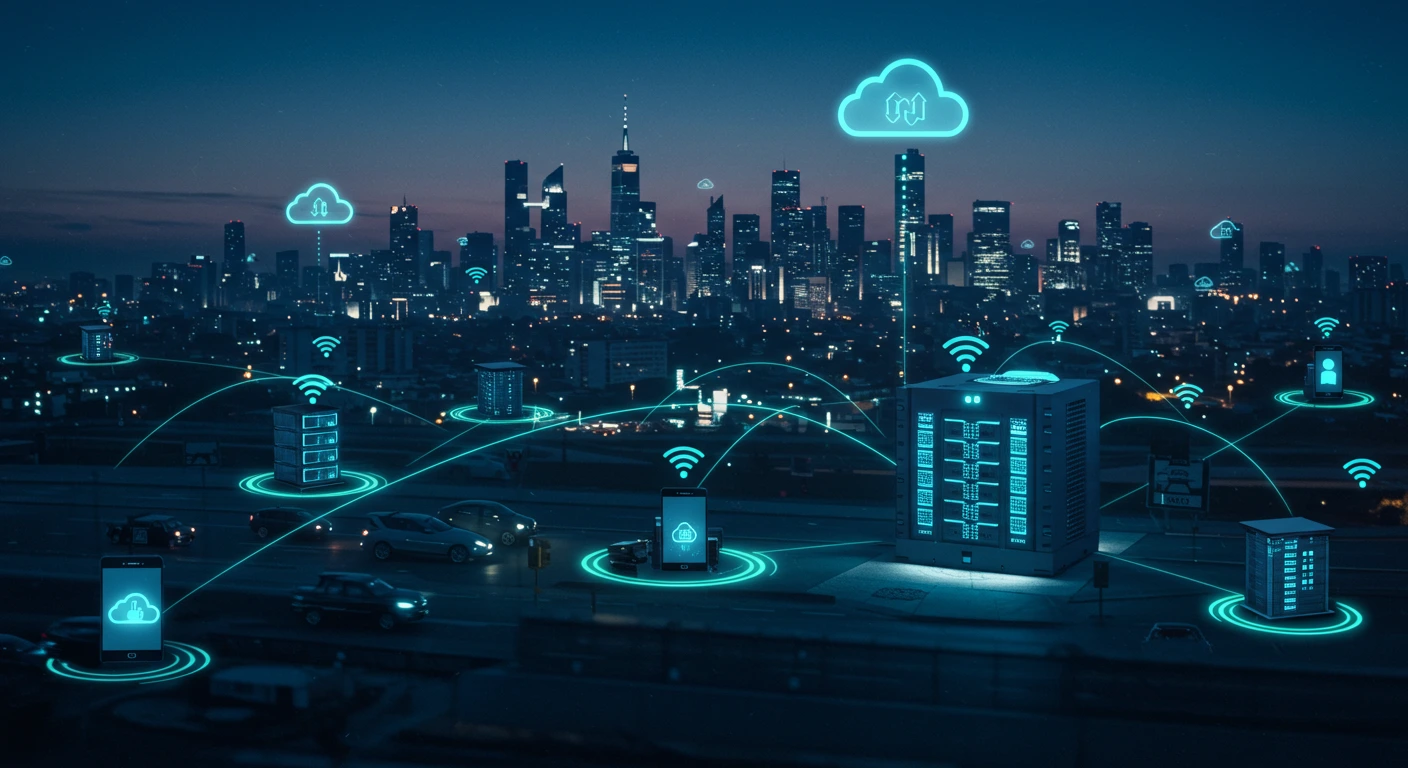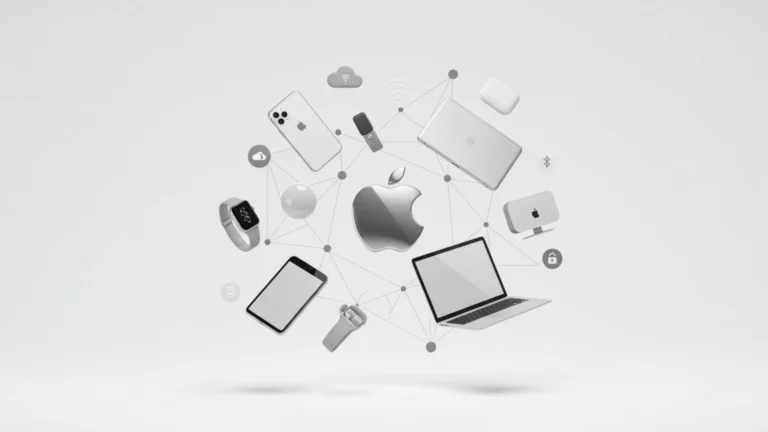What Is Edge Computing? How It Powers Faster, Smarter Devices
Introduction
In an increasingly connected world, waiting even a few seconds for data to travel back and forth from distant cloud servers is becoming too slow. Enter Edge Computing — a game-changing technology that brings processing power closer to where data is generated.
In this article, you’ll learn what edge computing is, how it works, why it matters, and how it’s enabling faster, smarter technologies across industries.
Table of Contents
What Is Edge Computing?
Edge computing is a distributed computing model where data processing happens at or near the source of data generation, instead of relying on a centralized cloud server located miles away.
Think of it as bringing “mini data centers” closer to devices like smartphones, IoT sensors, self-driving cars, and smart appliances — allowing faster processing, real-time responses, and reduced strain on core networks.
How Edge Computing Works
In traditional cloud computing, data is sent from a device to a remote server, processed there, and the result is sent back to the device. This process can introduce latency (delays).
In edge computing:
- Data is processed locally on edge devices or nearby servers.
- Only necessary data is sent back to the cloud for storage or further analysis.
- Devices can react almost instantaneously without needing cloud confirmation.
Key Components:
- Edge devices (IoT sensors, smart cameras, connected vehicles)
- Local edge servers or micro data centers
- AI and machine learning at the edge for smart processing
Edge Computing vs. Cloud Computing
| Feature | Cloud Computing | Edge Computing |
|---|---|---|
| Location of Processing | Centralized data centers | At/near the data source |
| Latency | Higher | Lower |
| Data Bandwidth Usage | High (sending everything) | Low (only essential data) |
| Best For | Heavy batch processing, storage | Real-time responses, remote areas |
Conclusion:
Edge and cloud are complementary — not competitors. Together, they form the backbone of the next generation of computing systems.
Key Benefits of Edge Computing
⚡ Ultra-Low Latency
- Real-time decision-making crucial for autonomous cars, healthcare, and gaming.
📉 Reduced Bandwidth Costs
- Less data transmission reduces congestion and cloud storage costs.
🔒 Enhanced Privacy and Security
- Sensitive data can be processed locally, minimizing exposure.
🌐 Improved Reliability
- Devices can continue operating independently even if internet connections drop.
🔋 Energy Efficiency
- Lower energy consumption by minimizing data transfers and server workloads.
Challenges and Limitations
While promising, edge computing comes with hurdles:
- Security Risks: More devices = more endpoints to protect.
- Management Complexity: Distributed systems are harder to monitor and update.
- Infrastructure Costs: Building and maintaining edge nodes can be expensive.
- Standardization Issues: Lack of universal protocols across devices and vendors.
Solutions are emerging, but building scalable, secure edge networks is still evolving.
Real-World Applications of Edge Computing
- Autonomous Vehicles: Immediate processing of camera, radar, and sensor data.
- Smart Cities: Traffic management, pollution control, and public safety systems.
- Healthcare: Wearable devices providing real-time health insights and alerts.
- Manufacturing: Predictive maintenance and automated quality control on the factory floor.
- Retail: Personalized offers and smart inventory management in stores.
- Agriculture: Precision farming with sensor-based irrigation and crop monitoring.
Edge computing is enabling real-time intelligence across nearly every major industry.
The Future of Edge Computing
By 2030, experts predict that:
- Over 75% of enterprise data will be created and processed outside traditional data centers.
- AI will be embedded at the edge, making devices smarter without cloud reliance.
- 5G networks will supercharge edge deployments with lightning-fast data transfer.
Expect edge computing to be critical for:
- Augmented and Virtual Reality (AR/VR)
- Smart factories (Industry 4.0)
- Advanced robotics
- Intelligent energy grids
Edge computing will not replace the cloud — it will complement it, offering new ways to build more responsive, intelligent, and decentralized systems.
Final Thoughts
Edge computing is redefining how and where we process data. By moving intelligence closer to where it’s needed, it’s powering faster devices, smarter cities, and more efficient industries.
Understanding edge computing today means being ready for tomorrow’s most transformative technologies.
Stay connected for weekly updates, pins, and expert takes on emerging tech.
→ Twitter | Pinterest | Bluesky | Medium







